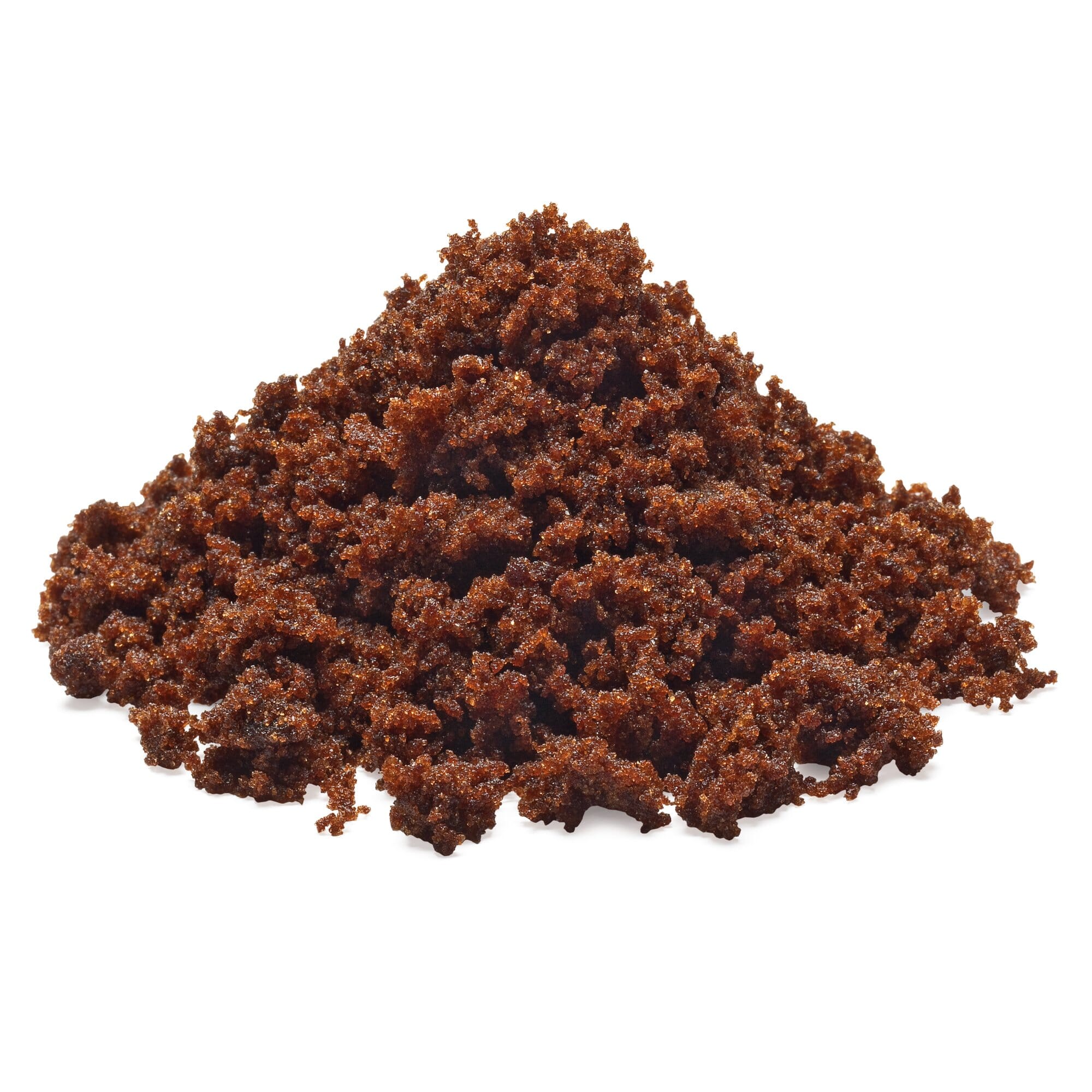Cane Sugar Processing Explained: What Happens Inside a Sugar Mill
Cane Sugar Processing Explained: What Happens Inside a Sugar Mill
Blog Article
A Thorough Overview to the Ecological Impact and Sustainability Practices in Walking Stick Sugar Handling
The environmental effect of cane sugar processing offers a complex array of obstacles that warrant careful assessment. From soil deterioration and extreme water use to the carbon footprint connected with growing and production, the effects of traditional practices are significant. What details methods can be executed to strike an equilibrium between efficiency and ecological stewardship?
Review of Cane Sugar Handling
Walking cane sugar handling includes a series of methodical steps that transform sugarcane right into refined sugar. Originally, collected sugarcane is delivered to processing centers, where it goes through cleaning up to remove dirt and particles. Following this, the cane is crushed to extract juice, which is then clarified by eliminating impurities through home heating and the addition of lime.
The clarified juice goes through dissipation, where water is gotten rid of to concentrate the sugar content. These crystals are separated from the staying syrup making use of centrifugation, resulting in raw sugar.
The end product is then dried and packaged for distribution. Throughout this entire process, maintaining effectiveness and high quality control is important to make certain the sugar satisfies industry standards. Each action in walking cane sugar processing not just adds to the last product yet also has ramifications for source usage and waste generation, establishing the phase for conversations on sustainability and ecological effects linked with sugar manufacturing.
Ecological Difficulties of Manufacturing
The production of walking stick sugar provides a number of significant environmental challenges that warrant attention. One key concern is the extensive use agrochemicals, consisting of plant foods and pesticides, which can lead to dirt destruction, biodiversity loss, and contamination of regional water sources. The runoff from sugarcane areas often lugs these chemicals right into close-by environments, interrupting aquatic life and influencing the wellness of neighborhoods reliant on these water bodies.
One more challenge is the high power usage connected with sugarcane handling. The boiling and refining phases require significant warm, mainly generated by burning nonrenewable fuel sources, adding to greenhouse gas exhausts. Furthermore, the expansive acreage needed for sugarcane cultivation can bring about deforestation and habitat devastation, additional exacerbating environment change and harmful wildlife.
In addition, the labor methods in some areas increase moral worries, as workers may face bad working problems and insufficient wages. This circumstance frequently bolsters a cycle of poverty in neighborhood communities. Cane Sugar Processing. Attending to these environmental difficulties is crucial for establishing more lasting techniques in cane sugar manufacturing, ultimately benefiting both the setting and the communities included in this sector
Water and Land Use Effect
Water sources and land utilization are important parts in the cane sugar market that significantly affect the setting. The farming of sugarcane requires considerable water input, with price quotes recommending that it can consume as much as 2,000 litres of water per kilogram of sugar produced. This extensive use water frequently causes deficiency of neighborhood water resources, affecting not only the sugarcane haciendas but also surrounding ecological communities and areas that rely on the same water sources for farming and residential usage.

Additionally, land usage for sugarcane growing can bring about logging and the conversion of natural environments into monoculture vineyards. This practice reduces biodiversity, interferes with regional ecological communities, and contributes to dirt degradation. The growth of sugarcane areas frequently intrudes on valuable agricultural land, developing competition for resources between food and biofuel manufacturing.
Lasting practices, such as enhancing watering techniques and executing plant turning, are important to alleviate these influences. By adopting much more effective water use and land monitoring strategies, the walking stick sugar market can lower its ecological footprint, guaranteeing a balance in between farming performance and ecological conservation.
Greenhouse Gas Emissions
Greenhouse gas emissions represent a significant environmental issue within the walking stick sugar handling market, specifically as farming techniques increase to fulfill international need. The farming of sugarcane, a crop that flourishes in tropical climates, relies greatly on artificial plant foods and chemicals, which add to laughing gas exhausts. In addition, land-use adjustments, consisting of logging for brand-new sugarcane vineyards, release carbon dioxide stored in vegetation and soil.
Throughout processing, energy intake is another significant source of greenhouse gas exhausts - Cane Sugar Processing. Many sugar mills make use of nonrenewable fuel sources to power machinery and generate warmth, leading to considerable carbon impacts. Moreover, the transportation of raw sugarcane and ended up items adds layers of exhausts with fuel burning in cars
The cumulative impact of these emissions aggravates environment change, posturing dangers not just to the atmosphere but likewise to the long-term stability of the industry. Stakeholders have to acknowledge the immediate requirement for thorough methods that address these discharges. This involves examining current agricultural techniques, processing approaches, and transportation systems to determine locations for enhancement and reduction. Addressing greenhouse gas exhausts is important for cultivating a more lasting walking cane sugar industry in a visit our website transforming climate.

Lasting Practices and Innovations
Sustainable techniques and advancements are increasingly essential in the walking cane sugar processing sector as stakeholders look for to decrease ecological effects while keeping Homepage efficiency. One significant innovation is the application of incorporated crop monitoring, which enhances resource usage by combining dirt management, parasite control, and crop turning techniques. This technique enhances return while minimizing chemical inputs and protecting soil health and wellness.
Moreover, the adoption of renewable resource resources, such as biomass from sugarcane residues, has obtained traction - Cane Sugar Processing. By converting waste items into energy, refining centers can decrease their dependence on nonrenewable fuel sources, thus reducing greenhouse gas exhausts
Water management methods have actually also seen improvements with the recycling and reusing of water in handling plants, significantly decreasing freshwater intake. Innovations in technology, such as precision farming, make it possible for farmers to monitor crop health and wellness and source use extra effectively, guaranteeing sustainable growing techniques.
In addition, certification programs like Fair Trade and Rainforest Alliance encourage ecologically accountable farming methods and advertise social equity within the supply chain. By accepting these lasting methods and technologies, the walking cane sugar handling sector can boost its strength and add favorably to ecological stewardship.
Final Thought
The ecological effect of walking stick sugar processing presents significant challenges, including dirt destruction, high water intake, and greenhouse gas discharges, together with honest issues connected to labor practices. Addressing these concerns via lasting methods, such as integrated plant monitoring, renewable resource adoption, and water recycling, is essential. By advertising socially fair and eco accountable methods in sugar manufacturing, the sector can reduce its unfavorable results, making sure a more lasting future for both communities and ecological communities associated with this industry.
Walking cane sugar handling involves a collection of systematic actions that transform sugarcane into polished sugar. Each step in walking cane sugar processing not just contributes to the last product yet also has implications for source use browse around these guys and waste generation, establishing the stage for conversations on sustainability and environmental influences associated with sugar manufacturing.
Greenhouse gas emissions stand for a significant ecological issue within the walking cane sugar processing sector, particularly as farming practices broaden to fulfill worldwide need.Sustainable methods and innovations are progressively essential in the walking cane sugar handling industry as stakeholders seek to lower environmental effects while keeping productivity.The environmental influence of cane sugar processing offers substantial challenges, consisting of dirt degradation, high water usage, and greenhouse gas discharges, along with ethical issues related to labor methods.
Report this page